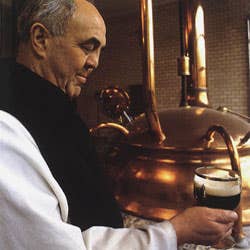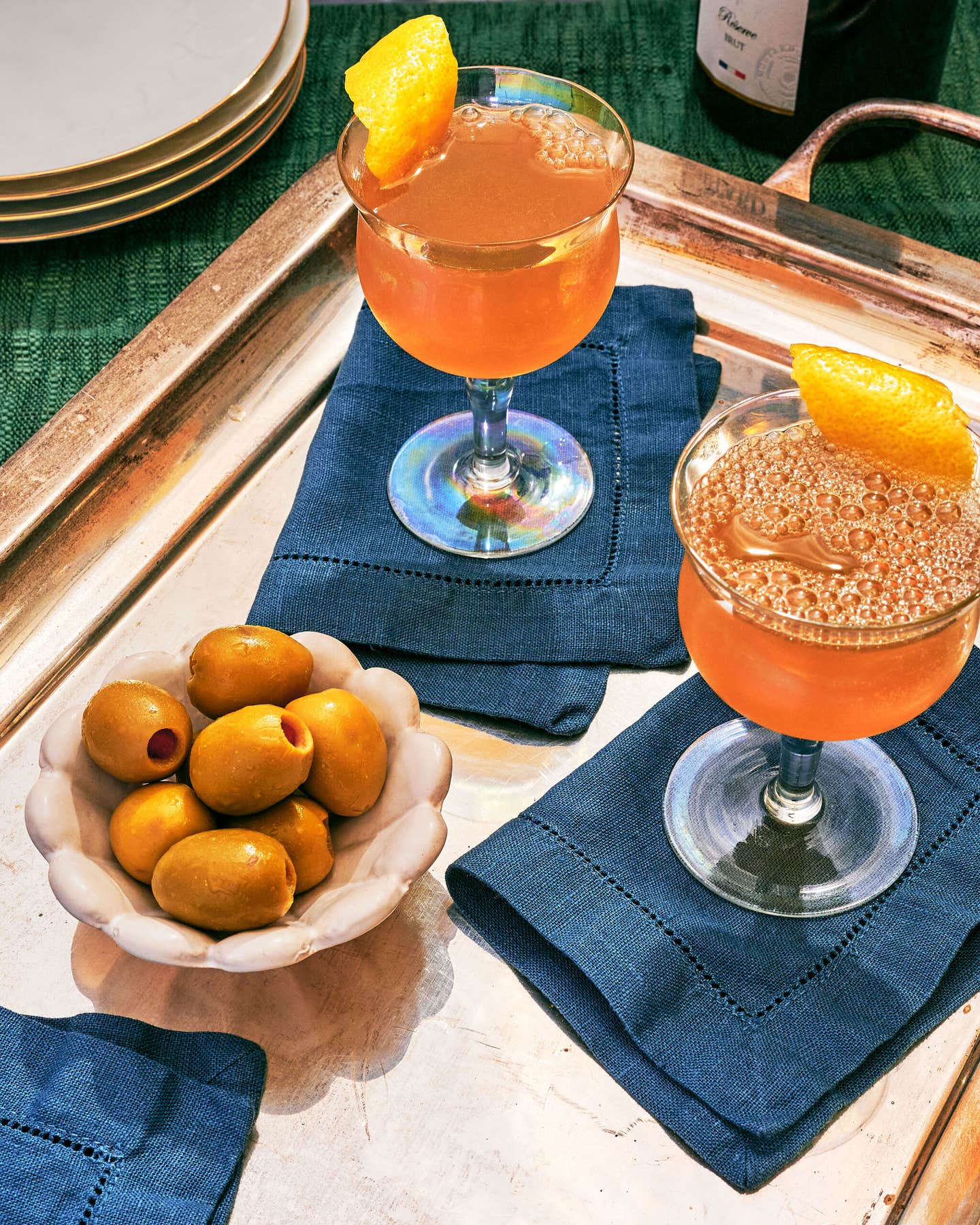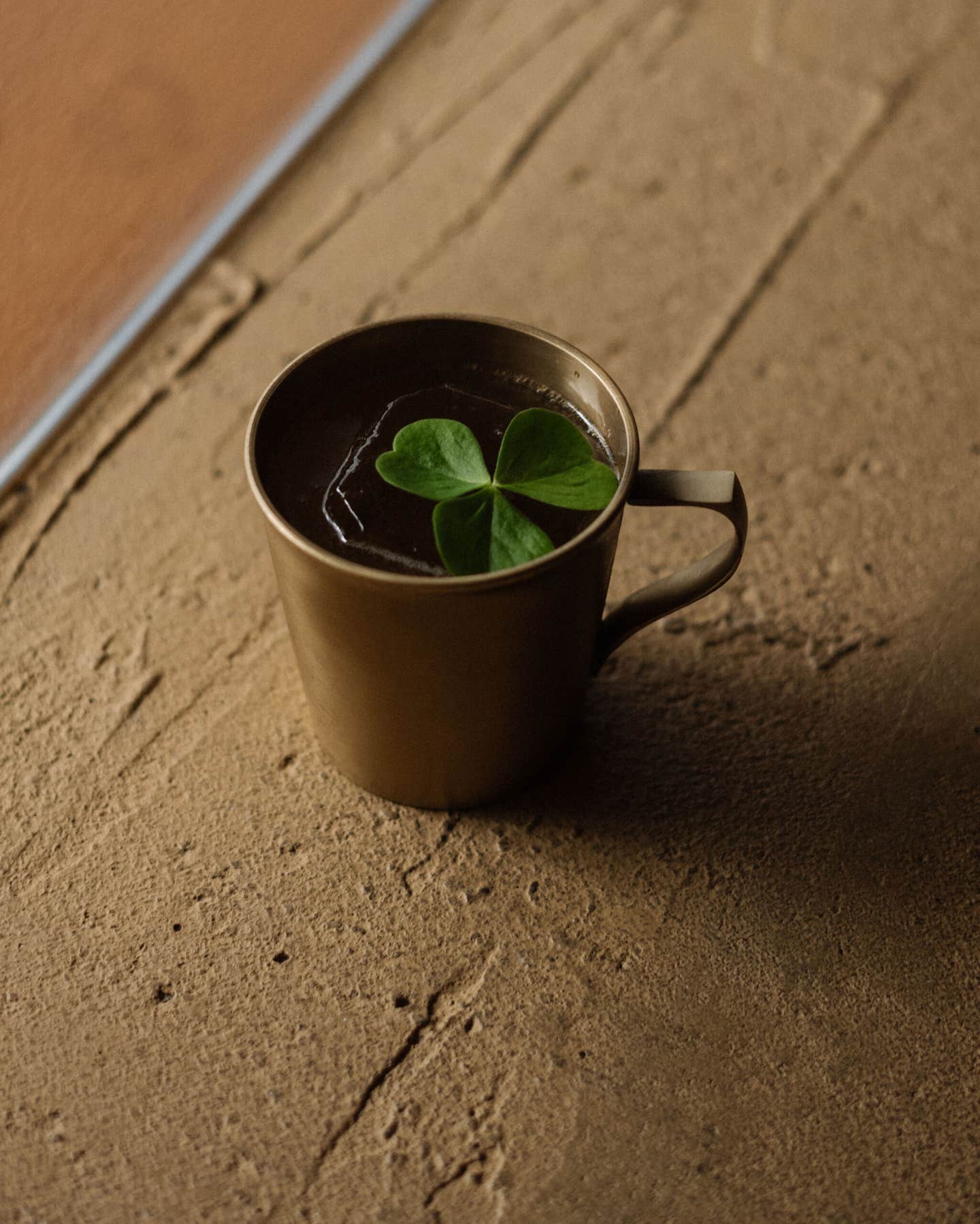
Belgium’s Trappist Brews
I knew the beer was going to taste good: A gray-haired monk in black and white robes was offering me a round, fat, gold-rimmed glass of dense, amber liquid with a short but foamy head the color of old ivory. Behind him, copper vats gleamed. The air was filled with a toasty, malty smell. I almost thought I heard angels singing in the background—and indeed, I suppose, I might have been hearing the faint notes of a choir somewhere, since I was on the grounds of the Cistercian Abbey of Chimay in Notre-Dame de Scourmont, Belgium.
Then I brought the glass to my mouth, inhaled its yeasty, faintly herbaceous aroma, and took a sip. I will not say it was the best beer I have ever tasted, for I have tasted many wonderful beers in many styles from many parts of the world. But it was everything I could ask a beer to be—intensely flavorful, round on the palate without seeming heavy in the least, perfectly carbonated (neither too prickly nor too mushy), both refreshing and deeply satisfying. For the moment, anyway, I was—if you'll pardon the expression—in heaven.
This was in the early 1980s, and the monk who had welcomed me to the brewery and showed me how Chimay is made was Frere Theodore, the abbey brewmaster and part of an ancient Belgian tradition. Beer has been made in what is now Belgium since the Romans taught the brewer's art to the Gauls, way back before abbeys (or even the Christian faith) were invented. Because Belgium is too cold to grow wine grapes consistently, beer became the alcoholic beverage of choice among the local populace. The Brewers' Guild was one of Belgium's most powerful and wealthiest craft unions throughout the Middle Ages and a wide range of beers, many of them unique in style to Belgium and some of them almost more like wine than beer, developed over the centuries. As late as 1900, there were more than 3,000 individual commercial breweries in the country.
Today, alas, a mere handful of them, including Chimay, produce what is known as Trappist beer. (Trappists are a reformed branch of the Cistercian Order, founded in 1664 by the Abbot de Rance at a monastery in Normandy.) Belgium's abbeys were early and enthusiastic brewers of beer. In the absence of wine, beer was the beverage of hospitality offered to travelers in the days when abbeys functioned as de facto inns. It was also a source of income for the monks, a commodity to be traded for other foodstuffs, and even a means of maintaining good health. Beer is not only nutritious but also sterile—a quality much appreciated in the days when contaminated water could kill—since the water with which it is made is vigorously boiled.
Though Trappist beers are brewed under carefully controlled conditions today—there are now computers in the breweries as well as copper vats—the basic process has remained unchanged for centuries. Malted barley is dried, ground to a flour, and soaked in water, to produce what brewers call the mash. As it soaks, the mash is stirred constantly by powerful motor-driven beaters. Next, it is passed through a filter where the draft, or spent malt, is separated from the wort—the liquid that is, at this point, to beermaking what grape juice is to the making of wine—which flows into the copper vats to be boiled. Hops are added both at the beginning and the end of the boiling stage, both to flavor the beer and to help precipitate out its nitrogenous matter, which would cloud the finished product.
After boiling, the wort is clarified, then cooled to a temperature of 68°F. At this point, yeast is added to induce fermentation—the action by which yeast converts the sugars in the wort into alcohol and carbon dioxide. After fermentation, the beer is cooled and filtered, usually (these days) by centrifuge. However automated some aspects of this whole process are, the brewer-monks watch the beer closely at all stages, and send it through these steps in small batches. It is almost as if they can't quite bring themselves to put all their faith in technology.
Then comes the real secret of Trappist beers: They are bottled flat, without carbonation, but with a tiny bit of yeast added to each bottle. Then, like champagne, they referment. (Like champagne, too, some Trappist beers are sealed not with bottle caps but with corks and wire fasteners, giving them a particularly serious look.) This second fermentation is said to make the beer more easily digestible; it certainly increases its alcohol content (the proof of Trappist beers ranges from 5 to 10.3—compared, for instance, with a standard American beer proof of about 3.8) and saturates it with carbonation. It is this refermentation that gives Trappist beers their remarkable combination of complexity, richness, and real delicacy.
After refermentation, there is one more important stage in the development of Trappist beer: It should be aged a bit. Some bottlings are held for a time by the abbeys themselves for maturation, but the consumer should be prepared to do a bit of the work, too. Any Trappist beer should be allowed to rest for a week or two after it gets brought home—and if you buy some packaged in Bordeaux-style bottles, complete with corks and wire closures, laying them down alongside your bottles of cabernet and chateauneuf-du-pape for a month or so will only improve them.
I sometimes think of Frere Theodore when I sip a glass of Trappist beer, Chimay or otherwise. I like the fact that he and the other monks who have made these beers over the centuries treat their creation with respect. I like the fact that they maintain a kind of humility in the face of this miracle of managed nature, a monastic modesty that never quite lets them take its success for granted. And sometimes, after midnight in California (where I live and drink), when it is getting close to 10 a.m. in Belgium, I imagine an old monk and master about to taste, for the many-thousandth time, the beer of Chimay—and I wish him many mornings more.
Keep Reading
Continue to Next Story










